Stop Wasting Tomato Leaves! Try These 5 Smart Ways to Use Them in the Garden and Kitchen
This summer, don’t just throw away your pruned tomato leaves – give them a second life in the garden or kitchen with these clever ideas.
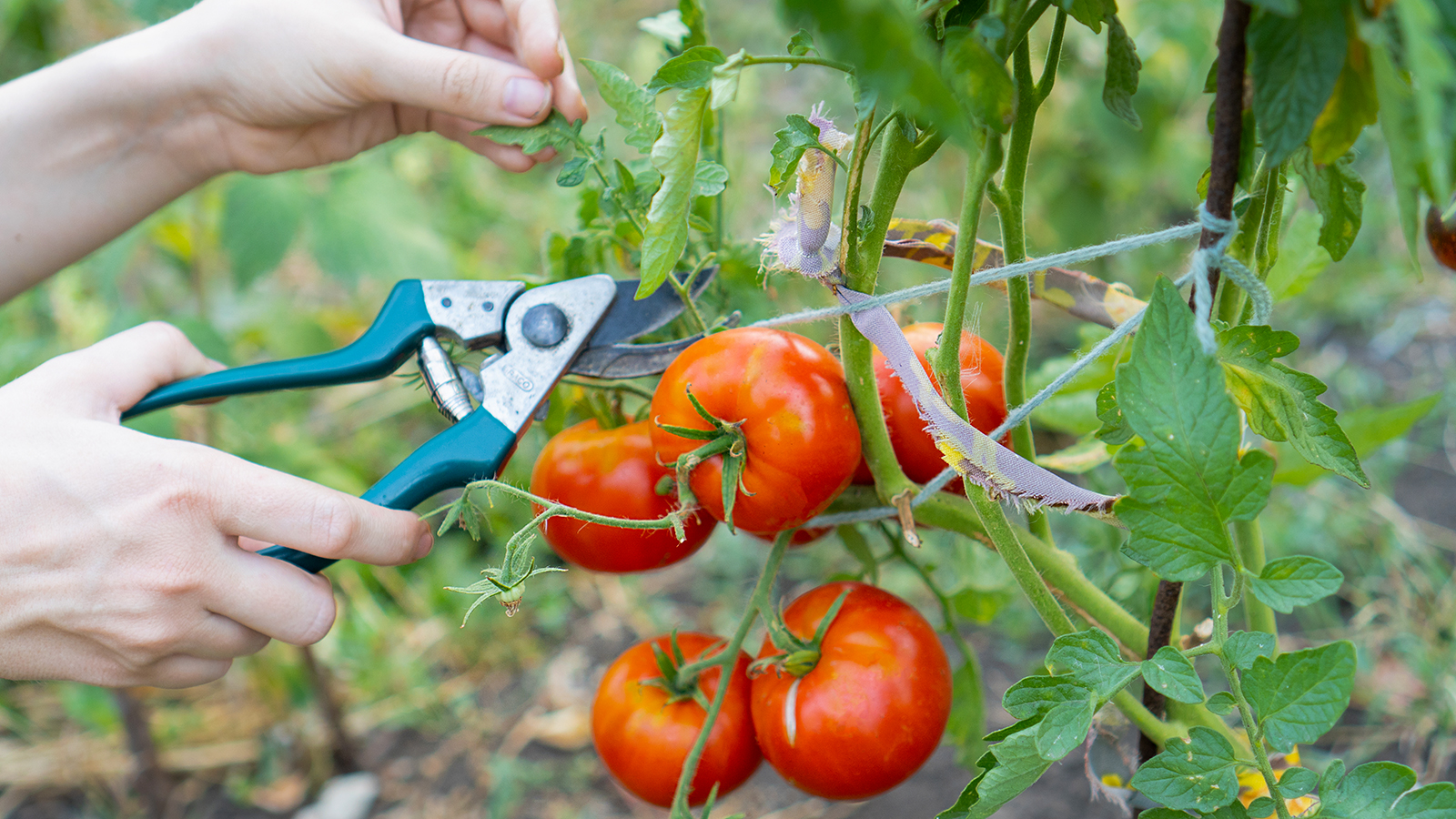

Tomatoes are a summer garden staple. We grow them for the juicy, tasty fruits that are the essence of late summer flavor, but what about the rest of the plant? When you trim off leaves in summer to improve ripening or remove the plants at the end of the season, do you just toss them in the compost pile?
While there’s nothing wrong with that solution to disposing of your tomato greens, consider other uses. Tomato leaves are edible. They’re rich in nutrients that can be used as fertilizer. They even contain compounds that can help you manage garden pests.
So, the next time you're pruning tomato plants, save the leaves and use these tips to maximize their benefits. However, be sure to select only healthy leaves that are free from signs of disease or pests. If any issues are present, read up on how to grow tomatoes like a pro.
1. Make Tomato Leaf Fertilizer
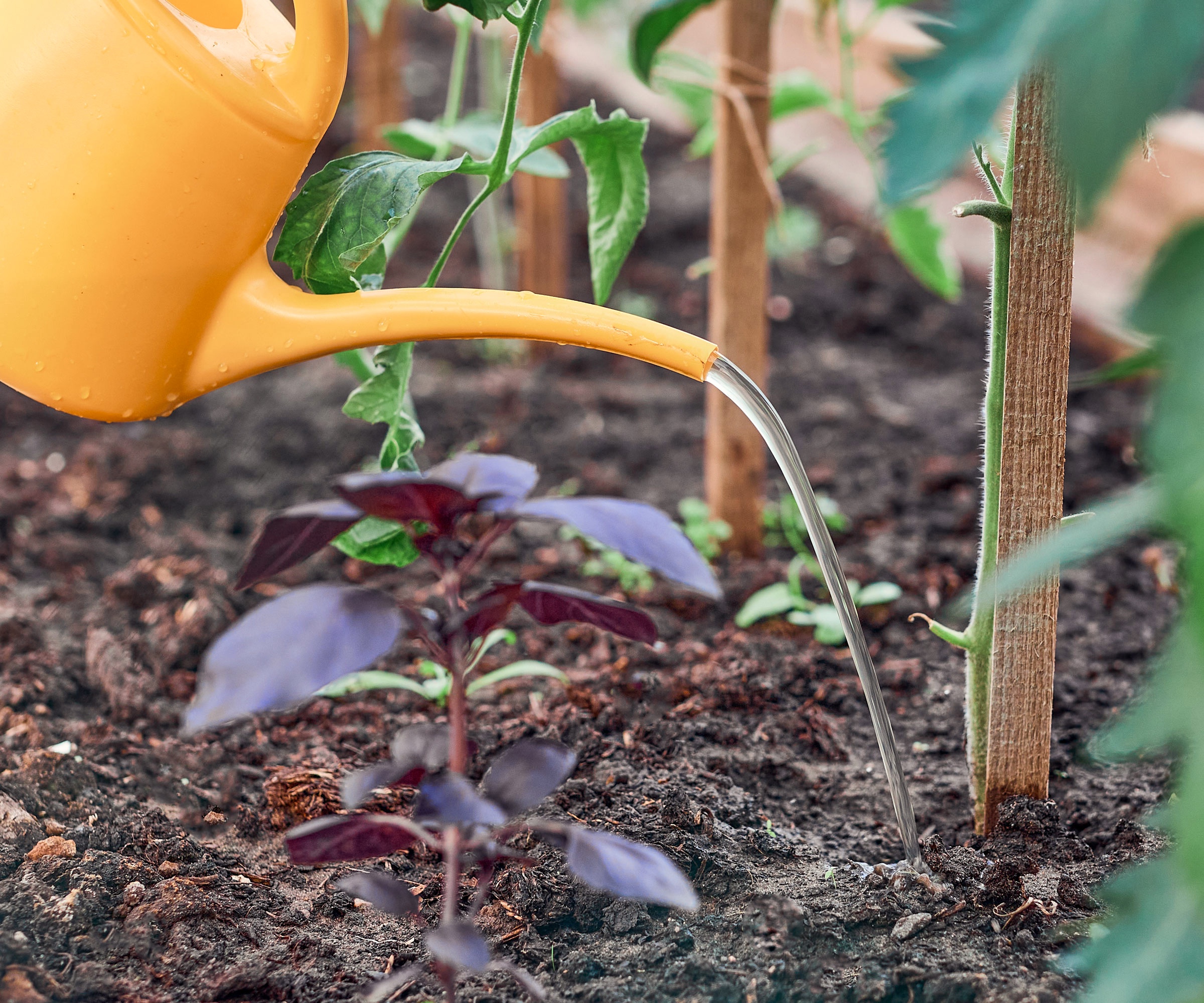
If you make your own compost, adding tomato leaves to the mix is a simple way to recycle the plant’s nutrients. But, you can also make a fertilizer tea out of tomato leaves and get those nutrients back more quickly and directly to benefit other plants.
Fertilizer tea is a really simple and easy way to extract and reuse nutrients from garden waste. It's the same process as making weed tea:
- Start with a pile of healthy tomato leaves chopped into smaller pieces. Place them in a bucket and add plenty of water. The leaves should be covered. Put a screen or cloth on top of the bucket to keep mosquitoes out
- Let the tea steep for a few days or up to two weeks. Stir the tea daily.
- Once the leaves have steeped, strain off the liquid. This liquid is now full of water-soluble nutrients.
- Dispose of the spent leaves in the garden waste or your compost pile.
You can use your tomato tea every couple of weeks on your tomatoes or other plants. Dilute the tea before you use it. A good general recipe is one part tea to ten parts water. You can either water the plants with the tea or put it in a bottle and use it as a foliar spray on plants.
2. Keep Pests at Bay with a Simple Spray
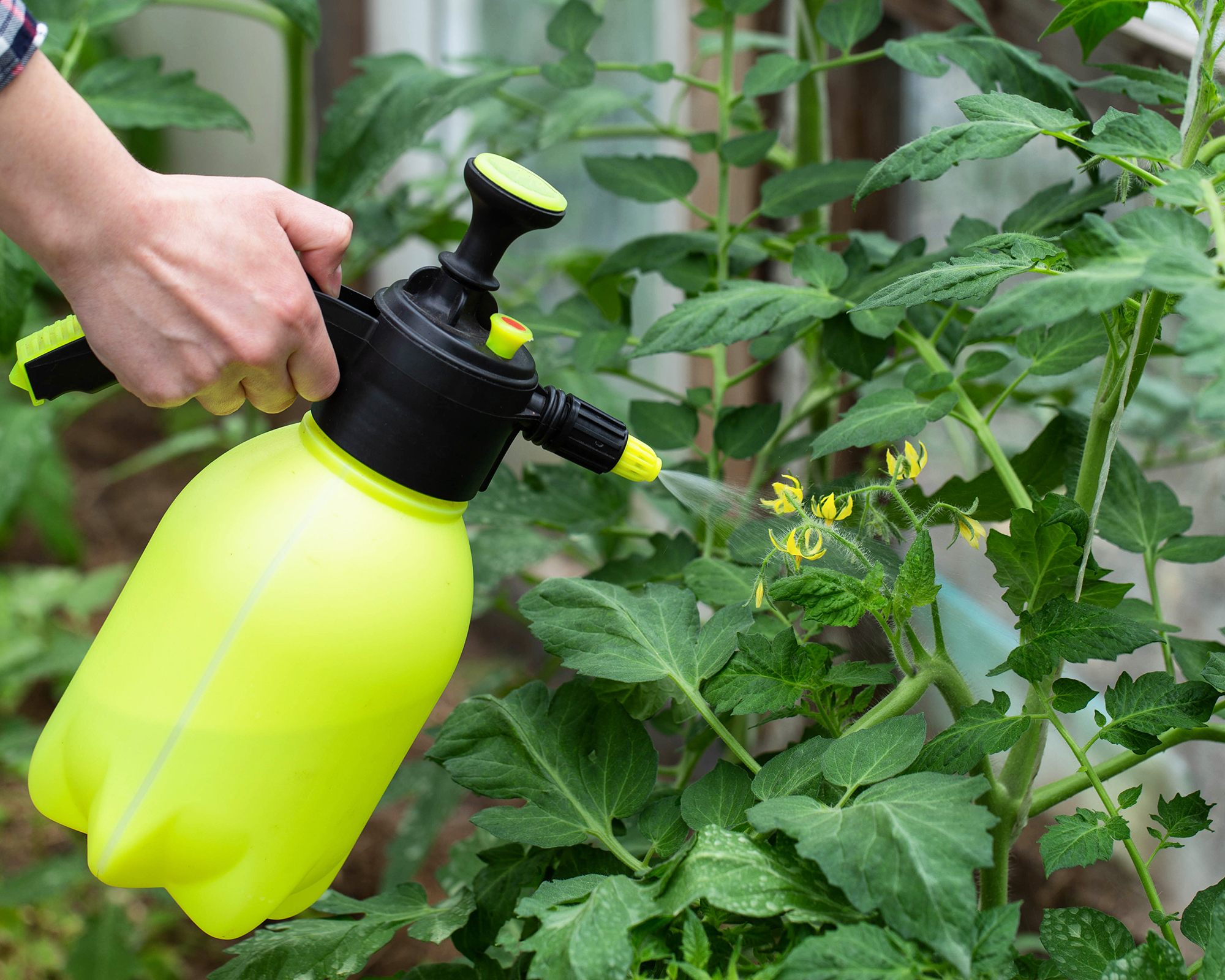
Tomatoes are part of the nightshade family, which means they have some toxicity that you can use against garden pests. Their leaves contain compounds called alkaloids that can be effective at managing aphids on tomato plants in particular. A spray that concentrates these alkaloids is safe for pets and people.
Sign up for the Gardening Know How newsletter today and receive a free copy of our e-book "How to Grow Delicious Tomatoes".
To make the pest spray, steep tomato leaves much like you did to make fertilizer tea. The right ratio for a pesticide is one or two cups of chopped leaves in two cups of water. Let the mix steep overnight or for a couple of days and then strain off the liquid.
Don’t dilute the spray. Put the full-strength solution into a spray bottle and apply it to plants that have aphids. Be sure to get the undersides of leaves where aphids particularly like to hang out.
If the spray isn't proving effective enough, add a few drops of neem oil – available on Amazon – or a crushed garlic clove to make the solution more potent.
3. Cook with Fresh Tomato Leaves
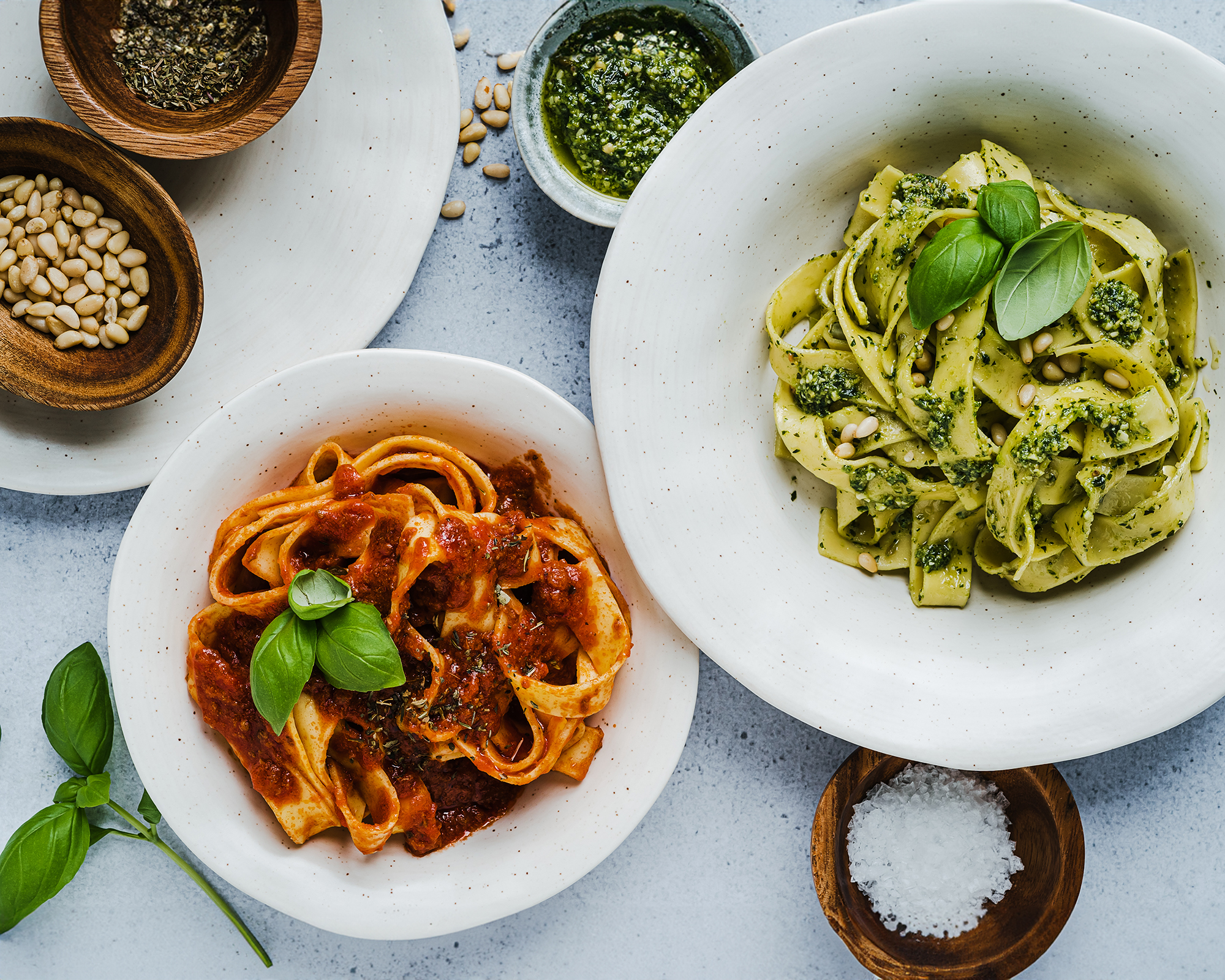
The tomato fruit is not the only edible part of the plant. You can also enjoy the leaves, although they are mildly toxic if eaten in large quantities. Use fresh tomato leaves as you would other greens, but they are generally best prepared or cooked rather than eaten raw.
One of the best ways to use tomato leaves in the kitchen is in your tomato sauce. While basil is the classic green herb used in sauce, tomato leaves add a unique depth of flavor and aroma. Experiment with the amount you use to get it just right.
Another option is to make a delicious tomato leaf pesto, adding a small handful of leaves to basil and blending with garlic, olive oil, and parmesan, before mixing in some toasted pine nuts.
Also, try infusing olive oil with tomato leaves. Let them sit in the oil for a few weeks before straining to get a good flavor that adds umami to a wide range of dishes.
4. Make a Dried Herb
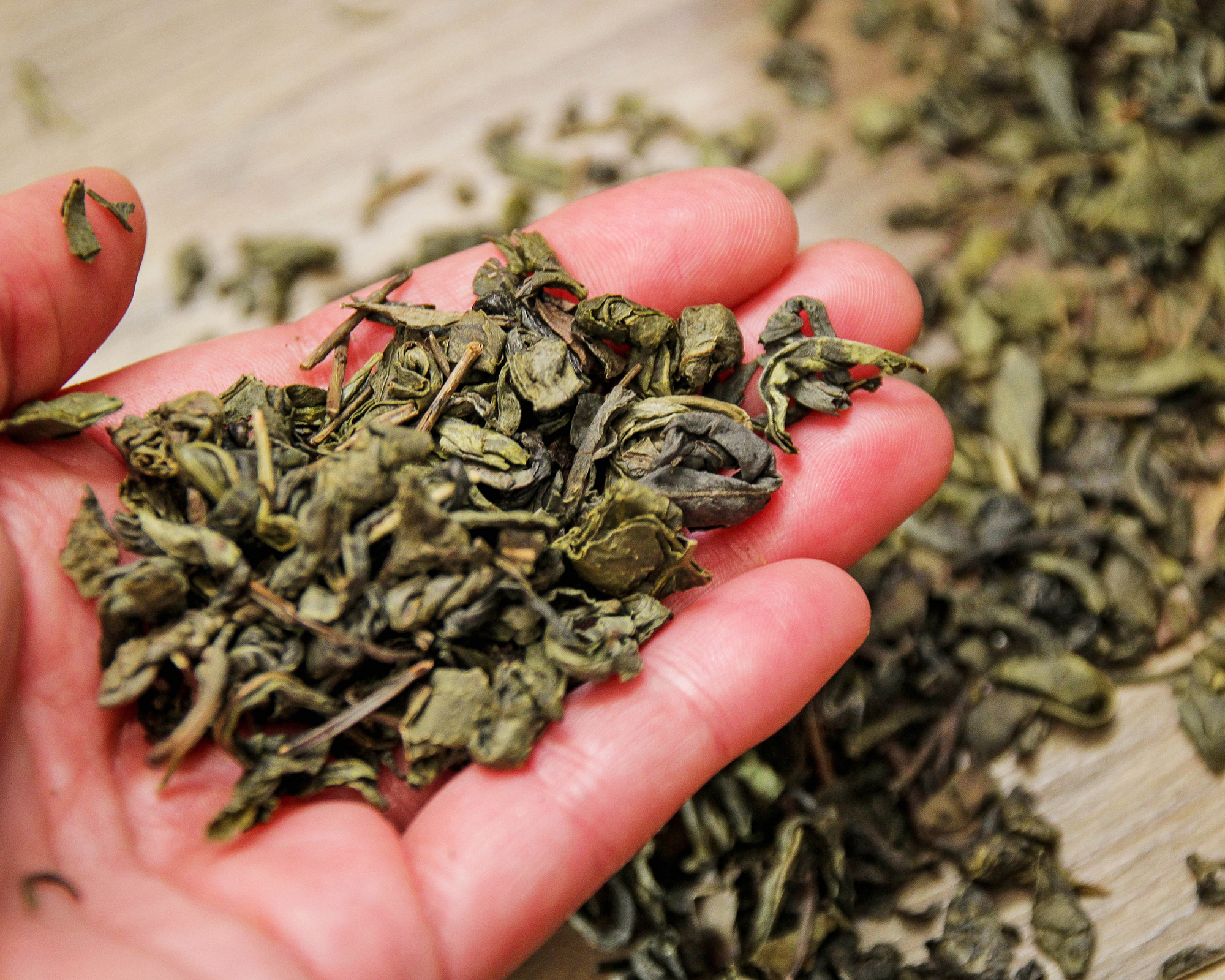
You can continue to enjoy the potent flavor and aroma of tomato leaves long after the growing season ends by drying them. Much like drying herbs, you can dry tomato leaves to create a flavorful ingredient that can be stored and used for months. Pick healthy leaves at peak freshness and wash them well.
It's easiest to dry the leaves using a food dehydrator. This Elite Gourmet digital food hydrator from Amazon is a good, affordable model if you just want to dry a few herbs and veggies from the garden. You'll need a setting of around 140°F (60°C) for 10 to 15 hours or until they have no more moisture left.
Alternatively, you can dry tomato leaves by spreading them out on a flat surface and setting them in a well-ventilated area out of the sun.
Once dry, crumble them down and store the leaves in an airtight container in a cupboard or other cool, dry space. You can use the leaves as you would other herbs, but as you would expect, the dried tomato leaves will be especially good in tomato sauces.
5. Steep Tomato Leaves for Tea
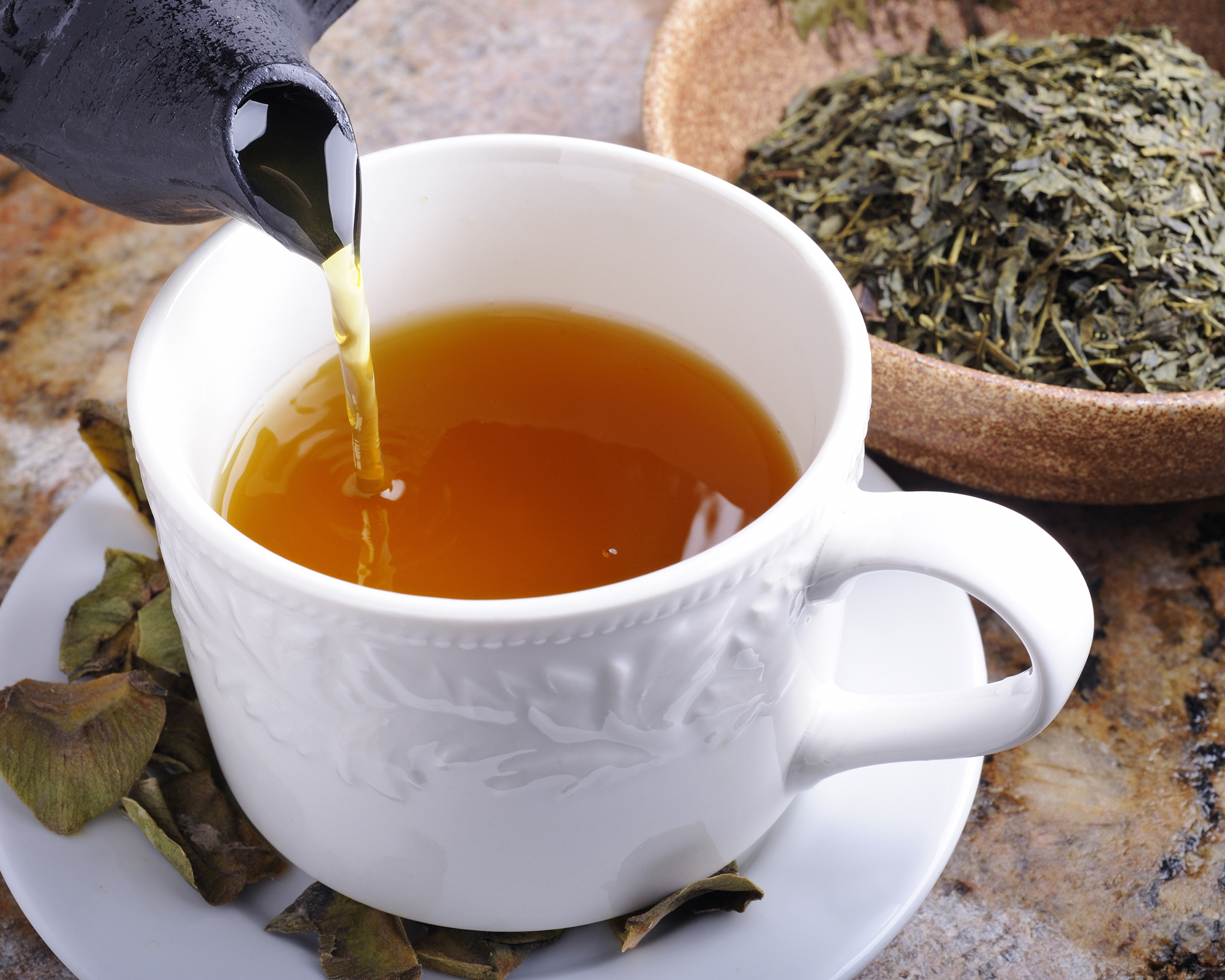
Finally, consider using tomato leaves for a tasty herbal tea, which has many benefits, including antioxidants and anti-inflammatory properties. It may also be used to stimulate digestion. Though it should only be used as an occasional treat, as when consumed in excess can be mildly toxic. Avoid tomato tea if pregnant or nursing.
You can use dried tomato leaves or fresh, clean leaves right off the plant. Steep about a teaspoon of dried leaves in boiling water for five to ten minutes. Use more leaves if fresh.
The flavor of tomato tea is truly unique. If you enjoy the summery smell of tomato plants, you’ll like this tea. It is more savory than true tea, but you can add a sweetener like honey if you prefer a sweeter tea.
Want to know more about growing your own tomatoes? Sign up for the Gardening Know How Newsletter and receive a free copy of our e-book How to Grow Delicious Tomatoes.

Mary Ellen Ellis has been gardening for over 20 years. With degrees in Chemistry and Biology, Mary Ellen's specialties are flowers, native plants, and herbs.